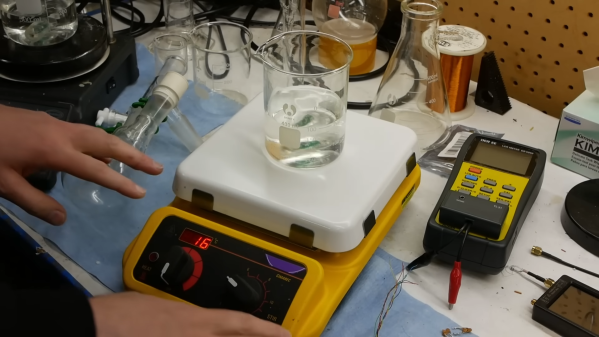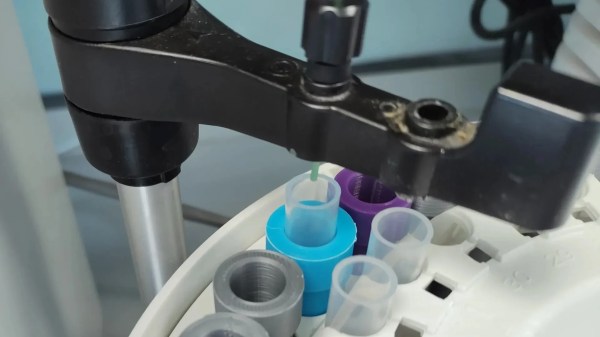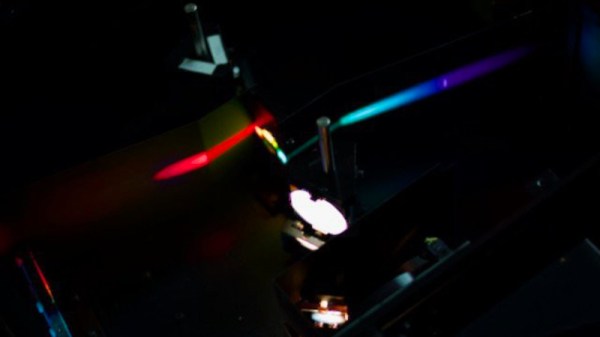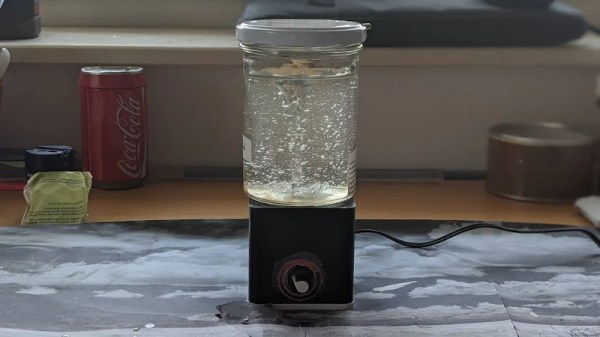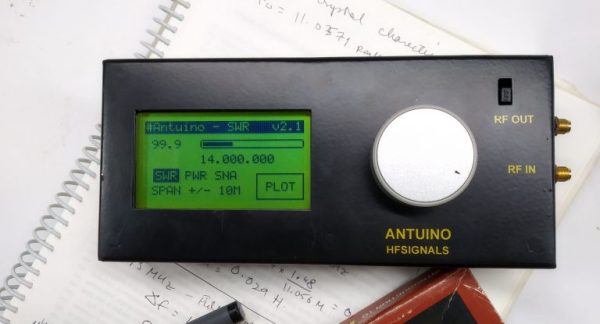Have you ever needed to hunt down a short circuit, but you’ve had no idea where it is or how it’s happening? As it turns out, there are tools to help in that regard. Enter the Leakseeker-89R.
The device is able to help hunt down short circuits that measure anywhere from 0 to 300 ohms. The device is typically used with two leads on a given pair of traces, and it has a display made up of red, yellow and green LEDs. As the leads are moved closer or farther from the short circuit, the display changes to indicate if you’re getting hotter or colder. There’s also a third lead that can be used to allow testing under more challenging conditions when there is a large capacitance in-circuit with the traces you’re testing.
Fundamentally, it’s basically a very accurate resistance meter, finely honed for the purpose of hunting down short circuits. We’ve featured similar tools before. They can be of great use for troubleshooting. Meanwhile, if you’re building your own test tools in your home lab, don’t hesitate to let us know! We’re always dying for hot tips on the best DIY lab equipment for saving time, frustration, and money.


